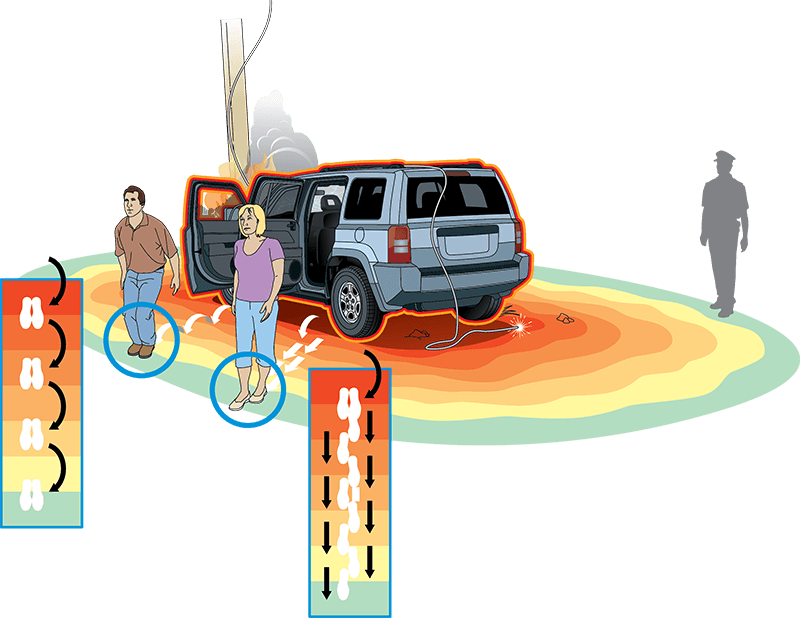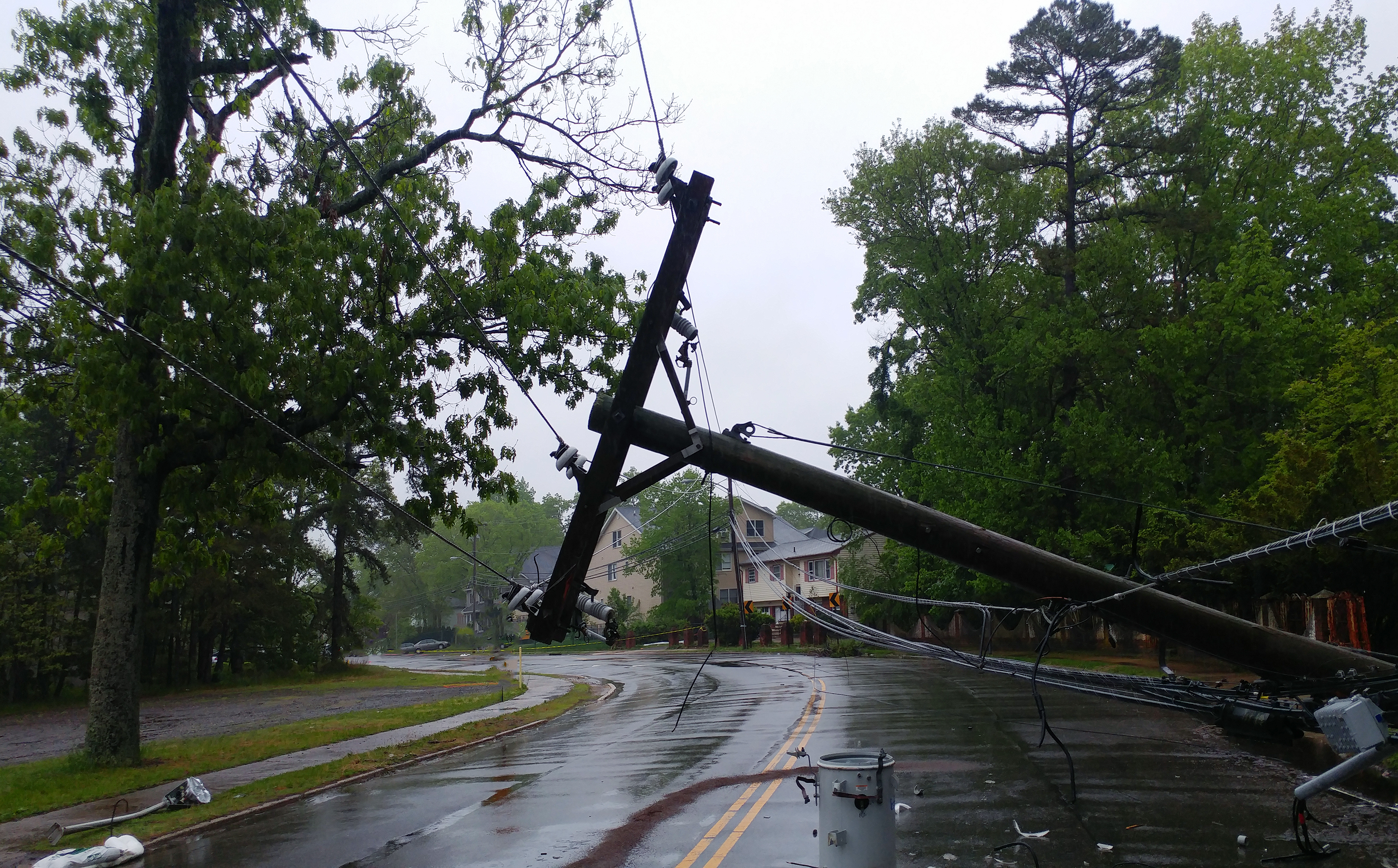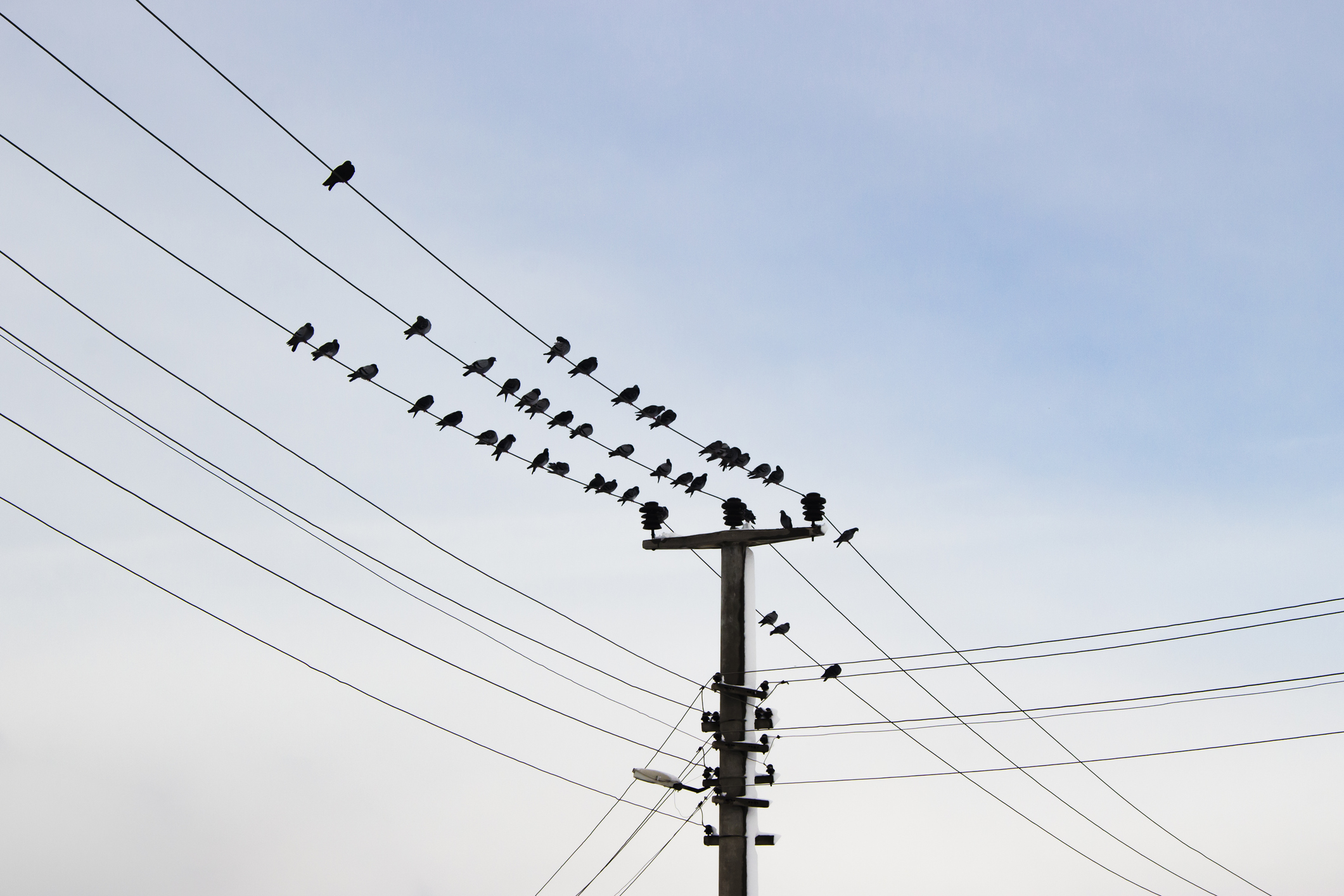In today's modern world, electricity has become an indispensable part of our daily lives, powering various devices from smartphones to household appliances. Yet despite its convenience and countless benefits, electricity can pose significant dangers if not handled safely.
Unfortunately, each year, our city witnesses several power-related incidents resulting in injuries or even worse outcomes. Recognizing this, safety remains at the core of everything we do - from our employees' work to educating the public about staying safe around electricity. We're debunking common myths to help keep you safe.
Myth 1: You can't get electrocuted if you're not directly in contact with electricity
The truth: Electrocution doesn't always require direct contact with an energy source. There are different ways it can happen without you realizing it.
Arcing: Sometimes electricity can jump between two items that conduct it, like metal, when in proximity. This can be dangerous, even deadly, especially around overhead power lines. Depending on a line’s voltage, keep a distance of three to six meters between yourself, tools, toys, trees, and any wires at all times. Always assume that an object in contact with or very near an overhead power line is electrically charged.
Contact with water: If electrical appliances or wires come into contact with water, it can create a pathway for electricity to flow through, leading to possible electrocution. To prevent this, keep electrical things away from water, and make sure your hands are dry before using them.
Faulty wiring: Sometimes the wires in your house can be defective or damaged. Even if you don't directly touch the wires, coming into contact with something connected to faulty wiring while standing on the ground can give you a shock. To avoid this, regularly inspect cords and appliances for signs of damage, and always hire a qualified electrician for any electrical work.
Ground faults: These occur when something goes wrong with the electrical system, causing electricity to flow through the ground or other conductive surfaces. Again, even if you're not touching anything directly, if you touch something conductive while standing on the ground it can complete the circuit, resulting in electric shock.
Myth 2: If your car comes into contact with a power line, you should exit immediately
The truth: Exiting a vehicle that has come into contact with a power line is extremely dangerous and can result in electric shock or even electrocution.
If your car comes into contact with a downed power line, it's essential to stay inside the vehicle for a neutral ground and call for help using your cell phone, if possible. However, if you MUST exit the vehicle due to fire or other immediate danger, do so cautiously by following the detailed instructions on our website. Once you are at least 10 meters (33 feet) away from the vehicle and power source, wait for emergency crews to arrive.

Myth 3: A fallen power line does not have electricity flowing through it
The truth: A fallen power line can still have electricity flowing through it and should be treated as live and extremely dangerous.
Contrary to popular belief, the absence of visible signs of danger does not mean a fallen power line is safe or that electricity has stopped flowing when the line disconnects from its source. The lack of visible danger signs, such as sparking, might also not convey an immediate sense of danger. However, the surrounding ground and other metal objects can still be electrically charged. Therefore, it is critical to keep your distance from the power line to avoid potential risks and remain safe.
This includes approaching or driving over power lines with your car, which is extremely dangerous even if you don't see any sparks or hear any buzzing sounds. Instead, stay inside your vehicle and call emergency services immediately to report the downed power line.
If you see a downed power line, call 911 immediately and then call Hydro Ottawa at 613 738-6400.

Myth 4: All power lines are insulated, so touching them is safe
The truth: Power lines mounted at the top of hydro poles are not insulated, and pose a severe risk of electric shock and injury to anyone who comes into contact with them.
You might be wondering how birds can touch those uninsulated, live wires without getting electrocuted.
Despite observing birds perched on these lines seemingly without harm, it's crucial to recognize that touching them is extremely hazardous. Birds can safely interact with power lines due to the natural insulation provided by their feathers, which serve as barriers against electric currents. Their bodies, though conductive like ours, do not complete the circuit when perched on a wire. Instead, the electricity already flowing through the wire takes the path of least resistance, bypassing the animal. Additionally, their lighter weight and smaller size mean they don't bridge the gap between wires or provide a path to the ground for electricity to flow. However, humans lack such protection and should never attempt to touch or approach power lines under any circumstances.

Myth 5: Rubber shoes make you immune to electric shocks
The truth: While it's true that rubber is a good insulator of electricity, everyday rubber shoes don't offer foolproof protection against electrical hazards.
One particularly dangerous misconception to debunk is the belief that wearing rubber shoes renders you immune to electric shocks. Unlike the specialized insulated boots worn by professionals such as electrical line workers working with electricity, regular rubber shoes lack the thickness and construction necessary to safeguard against high-voltage currents. Moreover, wear and tear can compromise their insulating properties, leaving individuals vulnerable to electric shocks.
Myth #6: You can't get shocked by touching a plugged-in device with dry hands
The truth: Dry hands might reduce the risk of receiving an electric shock, but do not completely eliminate the dangers.
This is another myth that perpetuates a dangerously false sense of security regarding electrical safety. There are other factors that can contribute to the potential for electric shock when touching a plugged-in device, even with dry hands, such as exposed and/or faulty wiring, faults within the device itself and even static electricity.
To mitigate the risk of electric shock when interacting with plugged-in devices, adopt proper safety practices when handling plugged-in devices, including unplugging them before maintenance, inspecting cords for damage, using ground-fault circuit interrupters in wet areas, and educating yourself and others about electrical safety.
